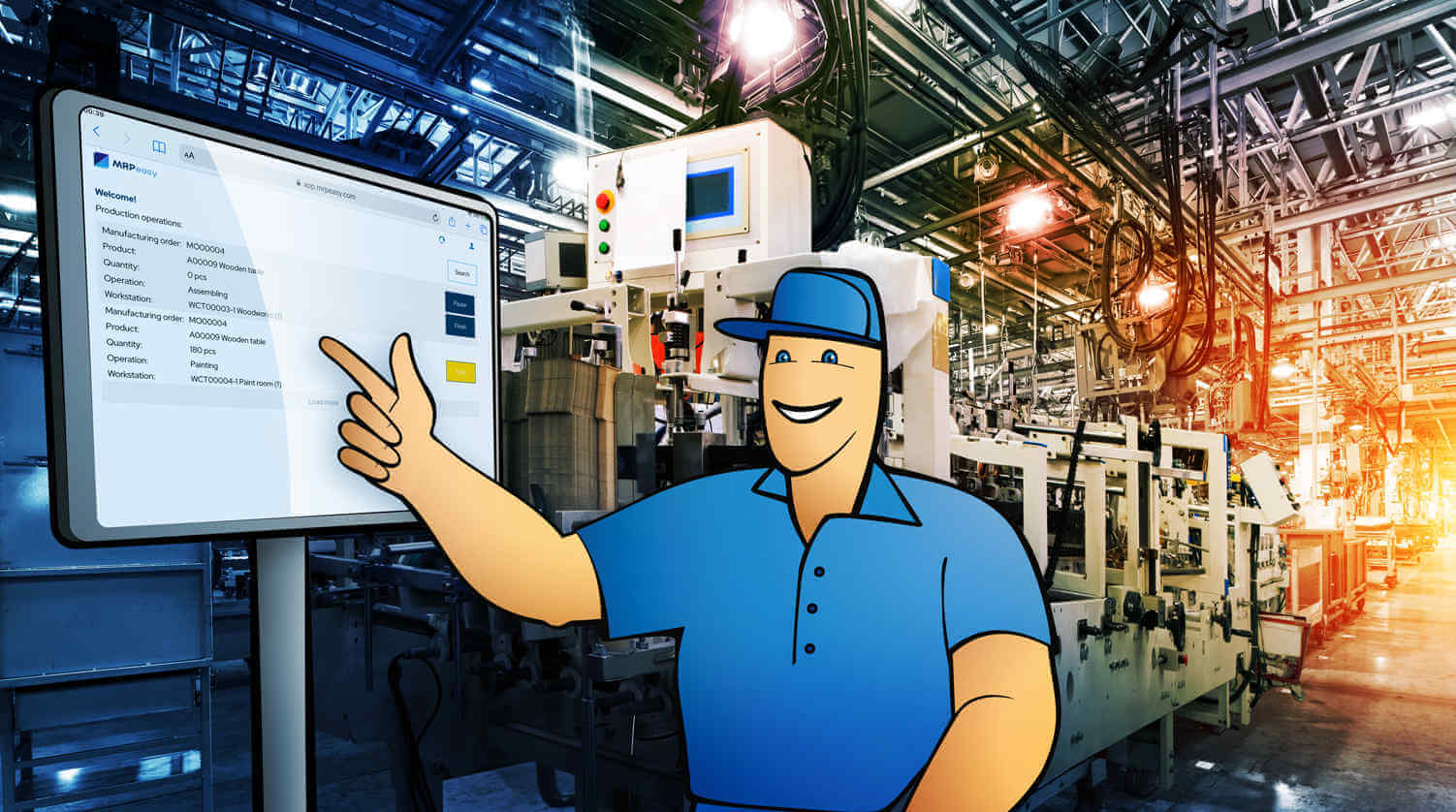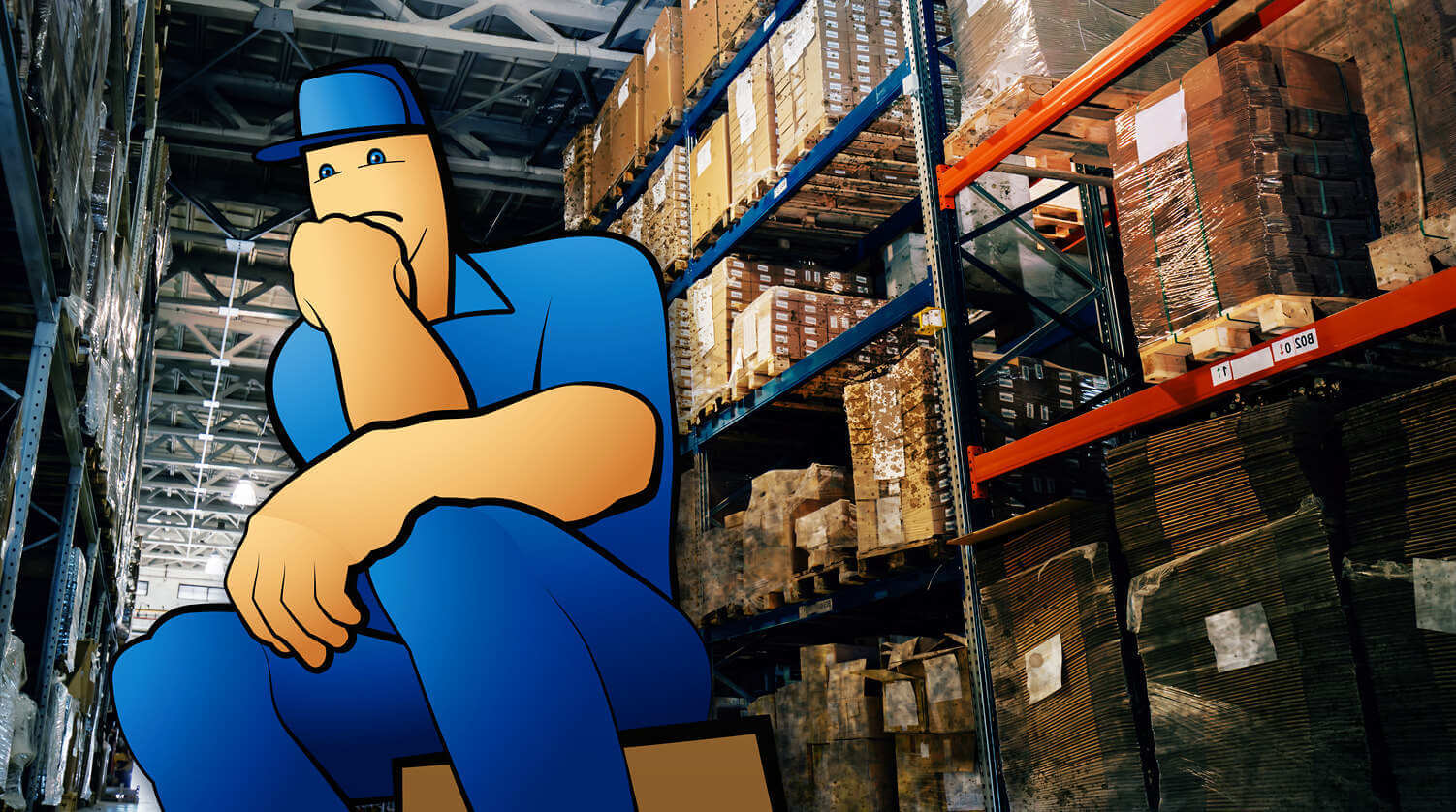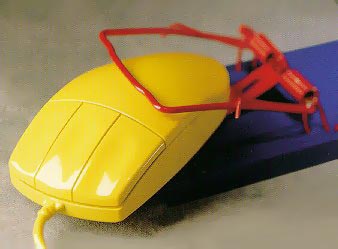What Is the Difference Between Production Planning and Scheduling?
Production planning and production scheduling are similar and interconnected concepts, but there are also differences that professional manufacturers understand.

You can also listen to this article:
Intro
Production planning and scheduling are similar concepts. However, there are notable differences between them.
The resources needed for production planning and scheduling are:
- Material
- People
- Machinery, equipment.
- Energy
- Management
The first four elements on the list are material assets.
The management, however, is the brain that defines how to convert the raw materials into final products. It is the “software” of the company, or in other words, the way of performing business activities. For example, two companies producing similar articles can have completely different ways and processes for doing so.
It is the management’s task to combine the first four elements in the most efficient way to make finished goods.
Production Planning
Production planning involves the whole manufacturing process on a high level in order to plan the production of finished goods. With planning, it is possible to map out the whole process, from gathering the resources to producing the final products.
Production planning balances the resources and the demand.
- Quantities to produce from a product family
- Desired inventory levels
- Resources to use per period
- Investments necessary to match capacity and demand
The time horizon for production planning is from 6 months to 3 years and involves the top management. The planning buckets, the smallest distinguished units of time, are weeks or months.
Read more about Production Planning.
Components of Production Planning
The required inputs for making a proper production plan are:
- Bill of Materials: the broken-down list of components and subcomponents that make the final product.
- The availability of items in stock: sometimes it is necessary to purchase more; sometimes they are already on hand.
- Cost of resources, to produce items in compliance with quality needs.
- Lot sizes involving the frequency and the proper volume to have the right quantity on hand. It prevents the organization from falling into stock-outs or excesses of stock.
- The manufacturing lead time, which means the time that production takes to convert the raw material into finished goods.
To give a simple example from daily life, assume you are making a cake. You will need to know:
- The ingredients you combine to make a cake (the bill of materials or BOM)
- The ingredients you already have at home (stock on hand)
- The ingredients you need to buy (purchasing)
- How much the preparation will cost (the cost of resources)
- How much of the ingredients and when you need them (the frequency and lot sizes)
- How long it will take to produce a cake that would be enough for all the guests (the lead time)
The next step involves the internal combination of resources to produce the final items. In the case of the cake example, it would mean cooking it.
Production Scheduling
Production scheduling is more detail-oriented in comparison to production planning. It is also the next step going from general to detail. The time horizon is shorter than in production planning and has a higher level of detail:
- It defines the production quantities of single finished products or SKUs, instead of product families.
- It defines who or which machine will produce every single SKU.
- The time horizon is shorter and more detailed, between one month and one year, depending on the industry and management type.
- The planning buckets could be as short as hours or minutes.
- It defines the inventory level of single finished products or SKUs, instead of product families.
- It requires a higher review frequency of middle management and involves the shop floor more.
After production planning, the next step is to create a detailed production schedule.
The goal is to schedule every single operation at a certain time in the calendar, assign the resources and workers, and plan all the detailed steps.
It is not a forecast, but it needs to see the future and to get the appropriate resources where they need to be when they need to be. It is a bridge between production planning and actual production and it helps to allocate the necessary resources in a timely manner.
Read more about Production Scheduling.
Components of Production Scheduling
Production scheduling involves:
- Identifying and assigning the appropriate number of workers
- Identifying and allocating the appropriate raw materials
- Identifying and assigning appropriate machinery and equipment
- Synchronizing all the resources to define priorities and fulfill customer needs.
As you can see, in both stages it is important to understand that resources are finite. The purpose is to combine the limited resources to make the final products in the most effective way. Production planning establishes when something could be made in general while scheduling looks at how and when something will be made in much more detail.
Production Planning and Scheduling example
Let’s say your organization sells a variety of chips to the market. The operational team will start preparing the production plan and, at this stage, they will define:
- The volume of chips they expect to sell within one year.
- The capacity of ovens, fryers, bag makers, etc. necessary to sustain the sales volume every month.
- The infrastructure (layout, space, equipment, pallets, forklifts, tools) necessary to operate without bottlenecks.
- The number of workers and skills necessary to operate the machinery.
- The number of shifts available and needed during the year.
- The desired inventory levels of flour, oil, salt, additives, water, potatoes, corn, packaging, and other raw material at the beginning and end of every month.
- The expected amount of tons and units necessary in the finished good warehouse at the beginning and end of every month to respond to demand.
Following the chips company example, the company will proceed to the next stage: production scheduling. At this stage, the following questions will be answered:
- Which machine will be running each shift, day, and week?
- Who is going to operate each machine each shift, day, and week?
- What is the necessary amount of ingredients, when they must arrive, and when they must be ordered?
Conclusion
It is important to remark that both production planning and production scheduling are irreplaceable parts of a well-organized manufacturing business. Production planning is the natural first step and production scheduling comes in as the more detailed extension of that.
Thanks to these processes, it is possible to achieve accurate production schedules and efficient production control. Finally, production activity will provide the actual volumes and results, and the statistics can be used to further improve both processes.
You may also like: Forward Scheduling vs. Backward Scheduling in Production Planning




